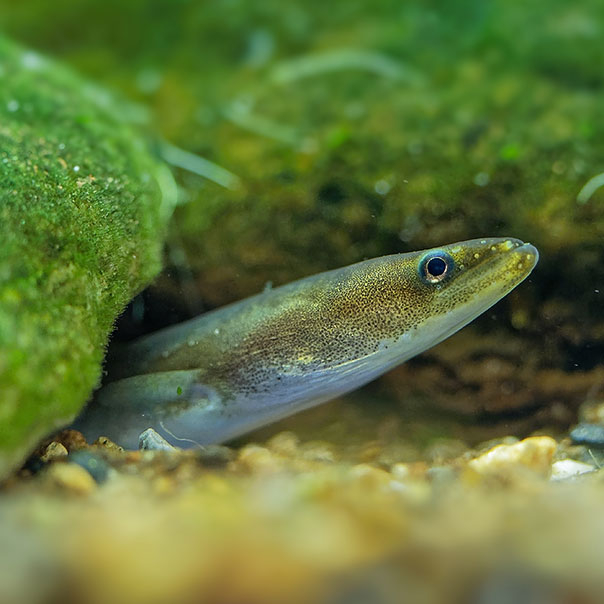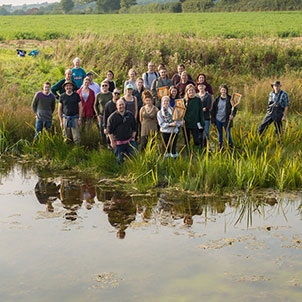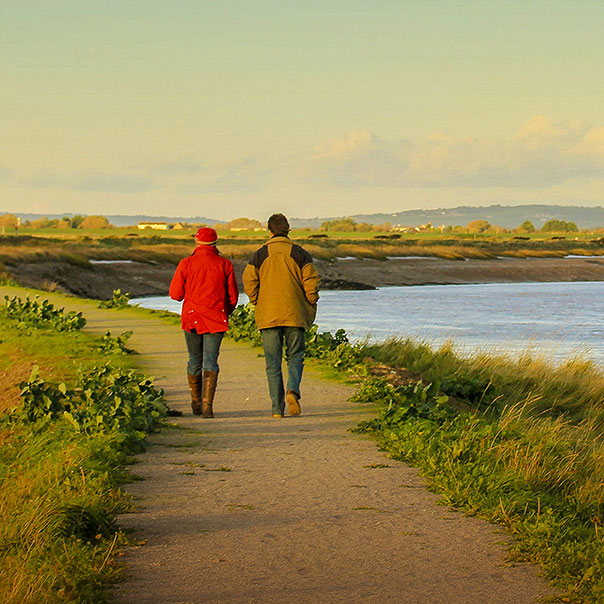Reconnecting the Severn Vale
The Severn is one of the most important rivers in Britain for migratory fish, but much of it is in bad condition. We're working to remove barriers and improve water quality and levels in the Severn Vale.
WWT has been creating, restoring and managing some of the UK’s most important wetlands since its inception in 1946.
Until recently, we focused mainly on our sites – nearly 3000ha of wonderful wetlands, many of them designated as being of national or international importance for wildlife.
We love wetlands because they can do incredible things. They provide a safe space for wildlife, they store carbon in the face of climate change and they hold and filter water. As experts in our field, or wetland rather, we want to create larger, joined up areas for wildlife to grow and thrive.
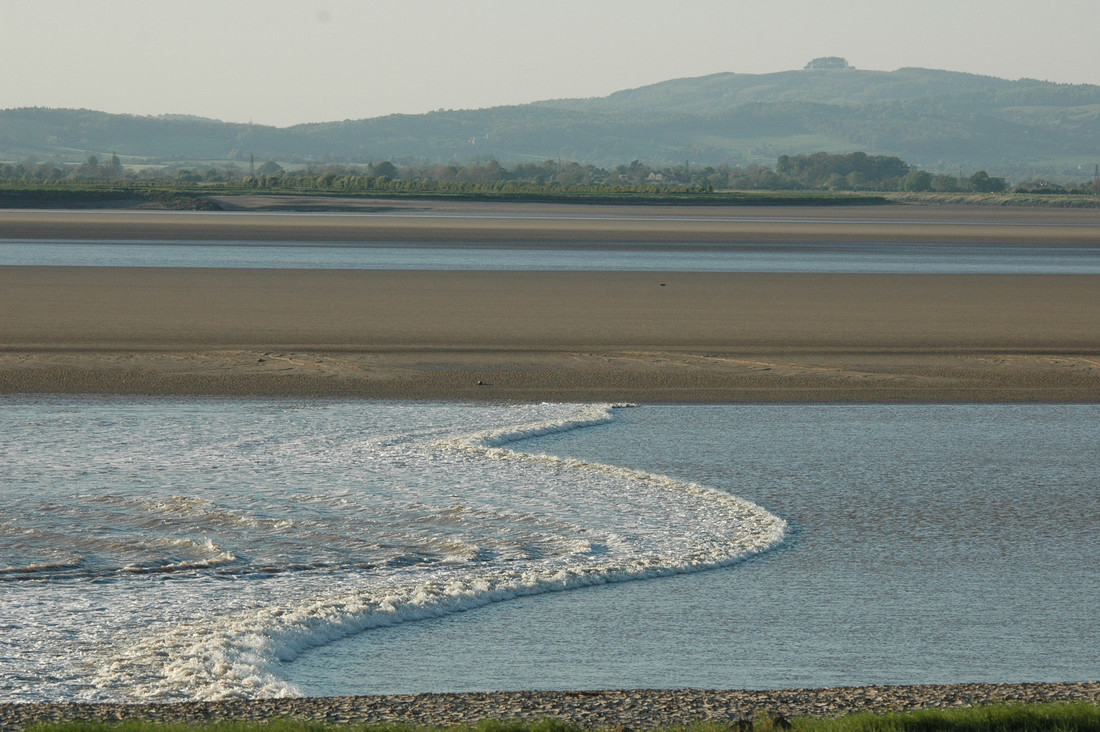
The challenge
The Severn Estuary is an area of outstanding natural beauty that is home to a vast array of wildlife and boasts the largest tidal range in Europe. Its dramatic features make it a globally important site for nature. For migratory fish the estuary is a gateway in to one of Britain’s most important rivers, the Severn.
Species such as the European eel spend much of their life within European freshwaters, but then travel thousands of miles to reach their breeding grounds in the Sargasso Sea. Historically, the lower Severn Vale catchment was serviced by well-connected waterways acting as aquatic thoroughfares for these travelling fish.
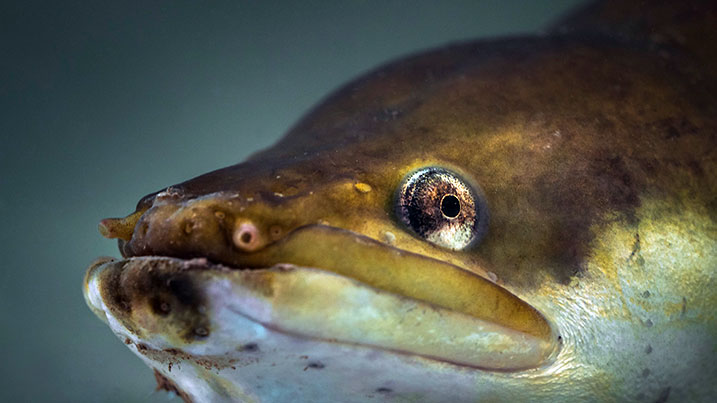
Since industrialisation, the journey for both the returning young (glass) eels and departing adult (silver) eels has been made increasingly difficult due to man-made barriers, such as mills, weirs and sluices. In addition to issues of accessibility, Britain’s migratory fish also face issues of increasing habitat degradation, which has led to species such as the European eel to becoming Critically Endangered. Its fate is up to us – collectively. The future of the estuary and the rivers in the Severn Vale are in our hands and we have the power to restore and maintain it for nature and people.
What we are doing
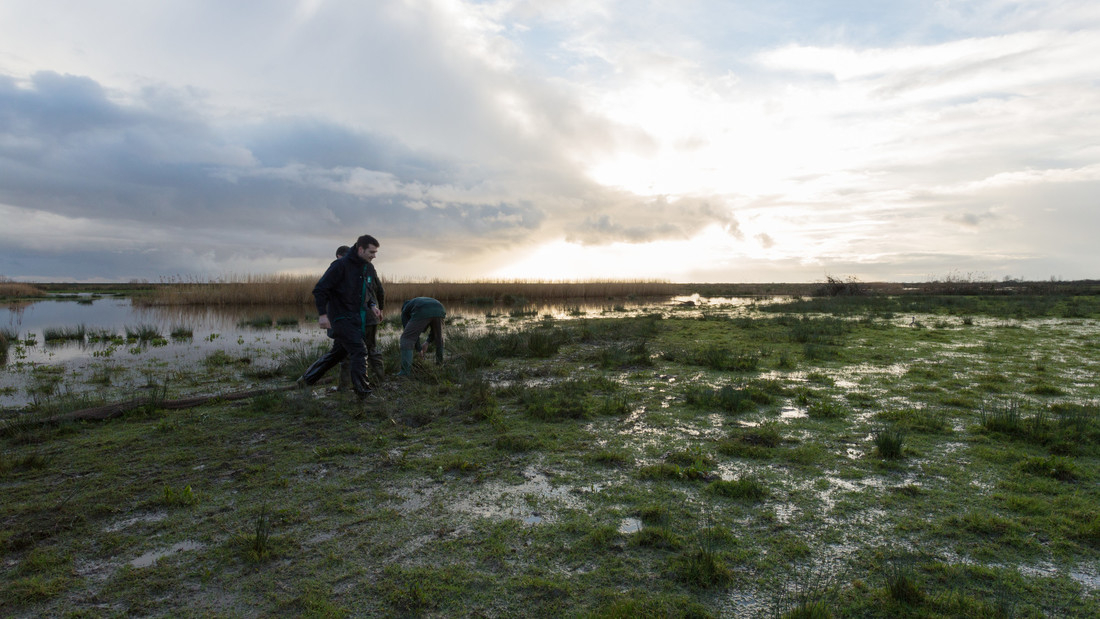
We aim to drive opportunities for wetland restoration not just in but around eight of our centres. To kick-start this new approach we have begun focusing on the Severn Vale and Estuary catchment which surrounds WWT Slimbridge. Over the next two years, we will be working with partners at four key sites along the River Frome, as well as at WWT Slimbridge and Walmore Common SSSI.
Water Quality
A new wetland treatment system will be installed at Slimbridge Wetland Centre to improve water quality. We will also link up with landowners and land managers to protect water quality for wildlife and communities, providing advice on agri-environmental schemes, sharing our expertise and developing projects together for a better future, filled with healthier wetlands.
We have our own in-house wetland laboratory where we can analyse water samples for important nutrients like phosphorus, nitrate and ammonia and process sediment samples from lake cores - looking at physical sediment properties and biological components such as insect remains. We also process freshwater invertebrate samples, undertaking species level identification.
Key achievements
So far, we have restored a dried-up old riverbed that once flowed around Bonds Mill in Gloucestershire, to provide a new route for migratory species trying to reach their spawning grounds in the upper reaches of the River Frome. For decades, migratory fish have been unable to access important freshwater habitats along the course of the river due to man-made barriers, such as the weir at Bonds Mill. This is one of four fish passes we’ve planned as part of the project that will open up 10km of the River Frome to fish again.
Slimbridge’s Five Acre treatment wetland is now nearing completion. The new wetland is a ripe mix of habitats including open water, reedbed, surface flow marsh and shallow emergent swamp covering just over 2000m2. The wetland will process water from the Gosling Field ponds, holding pens and surface run-off from local fields, cleaning it before it is discharged back in to the local Rhyne network. The earthworks are now compete and the plants that form the starter communities have been planted and are being cared for until the system is operational.
At peak load, the system will process in the region of 700,000 litres and has had special hydraulic control measures installed to ensure high hydraulic efficiency and treatment, improving the quality of water channels fed into our collections. The wetland will also provide valuable habitat in the area for a range of bird, mammal, amphibian and reptile species. Eel-friendly pumps have also been installed to help them safely navigate through waterways to complete their life cycle.
You might also be interested in
People and Partners
People
- Dr Hannah Robson
- Emma Hutchins
- Chris Foster
- David Naismith
- Dave Paynter
Partners and funders
- FWAG South West
- Severn Rivers Trust
- Stroud Valleys Project
- Gloucestershire FWAG
- European Agricultural Fund for Rural Development
